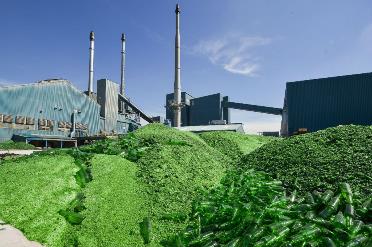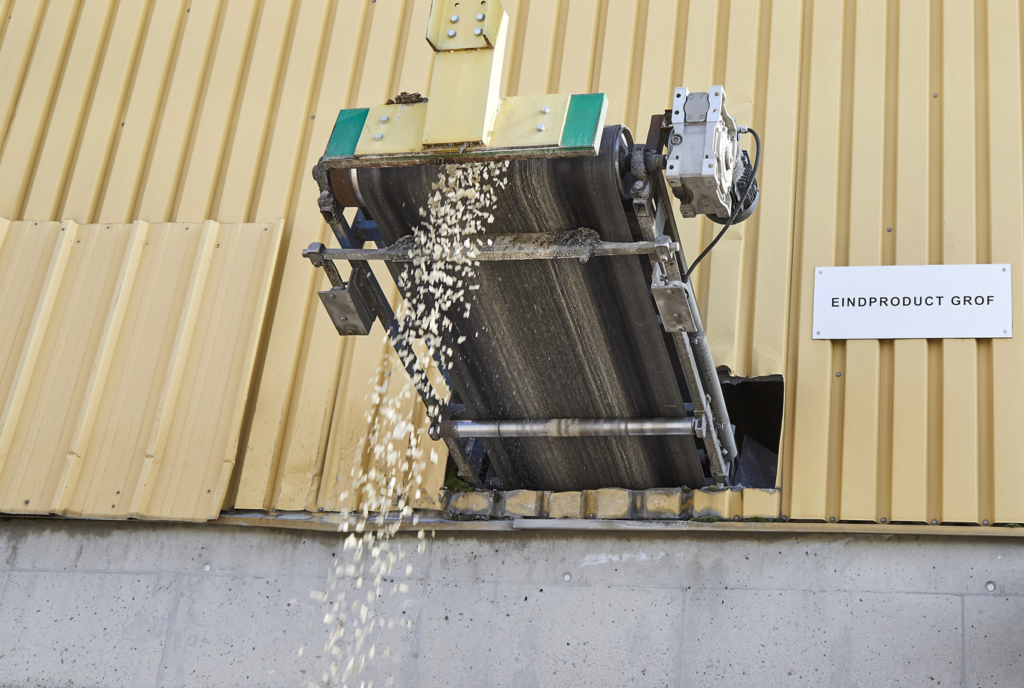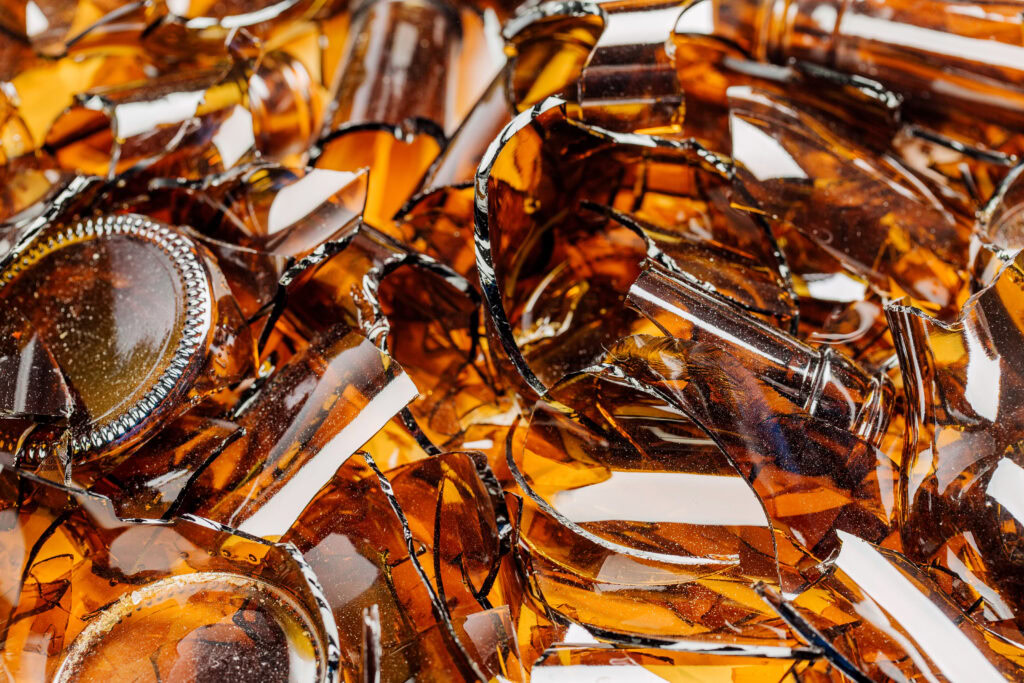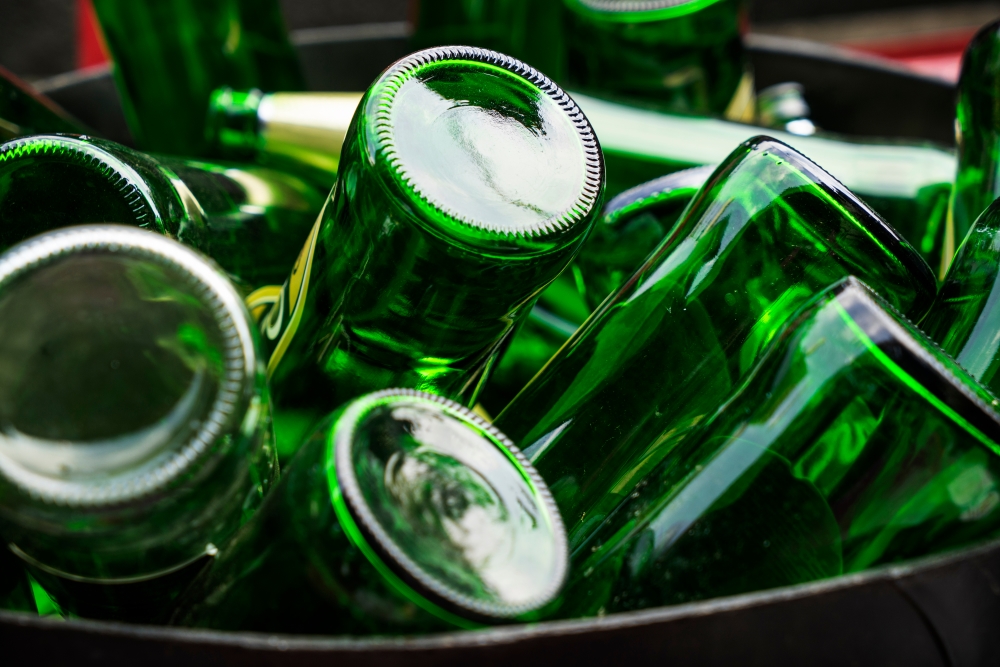The head of glass recycling sister firms Berryman and Reuse has urged councils to consider collecting glass separately from other materials to boost quality despite the firms recent multi-million pound investment in state-of-art optical sorting technology.
Mark Wilson, chief executive of Reuse and Berryman, said that even with modern colour separation equipment now available it remains easier and more effective to recycle glass back into glass bottles and jars when glass is collected separately from other packaging materials.

Mr Wilson suggested that this would boost the quality of cullet and help push more recycled glass towards remelt rather than less sustainable uses such as aggregates.
He said: We therefore urge councils to consider this when renewing their waste management contracts and to specify that recycled glass goes back into making new glass packaging rather than less sustainable uses such as aggregates.
Mr Wilsons comments come as his company announced that the new optical colour sorting technology at its Knottingley cullet plant has enabled its glass manufacturing partner Ardagh to increase the recycled content of bottles and jars by 12%.
A division of Australian recycling company URM (United Resource Management), Reuse is the sister company to Berryman. Reuse Collections, trading as Berryman, is responsible for the collection of glass while Reuse Glass operates the cullet sorting and treatment plants.
Berryman/Reuse has provided glass cullet for use in Ardaghs processes for a number of years, with Reuses Knottingley glass recycling plant co-located on the same site as Ardaghs manufacturing plant.
However, Ardagh officially confirmed yesterday (July 22) its 15-year deal with Reuse for the supply for pure cullet for Ardaghs three Yorkshire glass manufacturing plants in Barnsley, Doncaster and Knottingley.
Investment
‘It remains easier and more effective to recycle glass back into glass bottles and jars when glass is collected separately from other packaging materials.’
Mark Wilson, chief executive of Berryman and Reuse
As part of this deal, a 5 million pound investment has seen the upgrade of Berrymans Knottingley facility with K9 Flash optical sorting technology, provided by KRS Recycling Systems, in order to boost glass cullet quality (see letsrecycle.com story).
This is the first stage of an investment that will also see Berrymans South Kirkby and Doncaster recycling plants upgraded. In total, the Berryman and Reuse glass sorting and separation facilities have the capacity to process up to 250,000 tonnes of glass approximately 13% of the UKs waste glass.
The K9 technology has enabled glass particles as small as 4mm to be separated by colour, compared to the 10mm minimum for sorting possible with the previous technology. This is the end of a four-stage sorting process which first sees ferrous metals, dust and residual metallic, leaded glass removed.
This resulting pure cullet is then supplied to Ardagh for use in its furnaces to make bottles and jars and the firm claims Berrymans new sorting technology has helped increase the recycled content of these products by 12%.
Ardagh
Sharon Crayton, head of marketing at Ardagh Glass Europe said: We have been producing green bottles that contain over 90 per cent of recycled glass for many years, but high recycling levels for clear (flint) glass have previously posed a challenge due to difficulties in colour separating clear glass back to a pure enough colour at the required quality specification.
This new technology has put us at the forefront of UK recycling, helping us to significantly increase the recycled content for clear (flint) bottles and jars. For example, our Doncaster plant which is focused solely on the production of clear (flint) glass , achieved an average recycled content level of over 50% in the first quarter of 2014 against an average recycling rate of 32% in the same quarter of 2013.
Mark Wilson added: With recent changes over the past few years in the way waste glass is collected, moving away from bottle banks to commingled household (kerbside) collections, the main challenge we faced was to find better ways of separating the glass from other recyclables, and then re-processing it into quality colour separated cullet. This latest investment, the first in an ongoing programme, gives us the technology to produce more finished cullet of the highest standard to meet the growing requirements of Ardagh.
Quarterly packaging data released yesterday (July 22) showed that an estimated 437,036 tonnes of remelt and other glass combined was accepted or exported in Q2 in the UK, surpassing a quarterly obligation of 383,182 tonnes (see letsrecycle.com story).








Subscribe for free